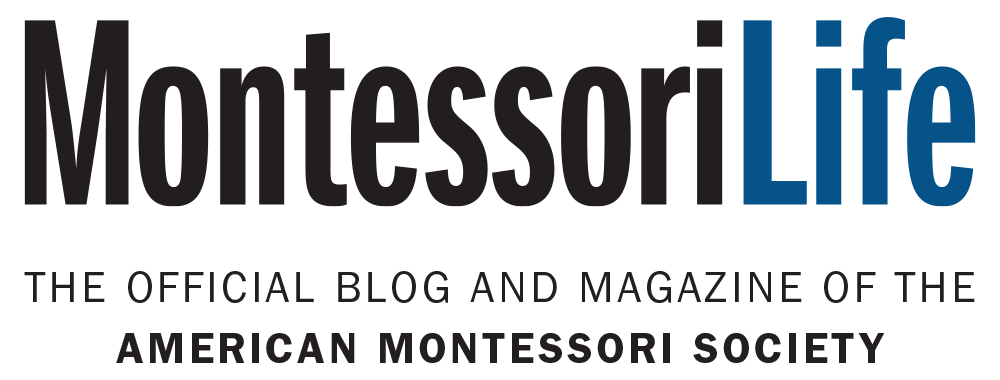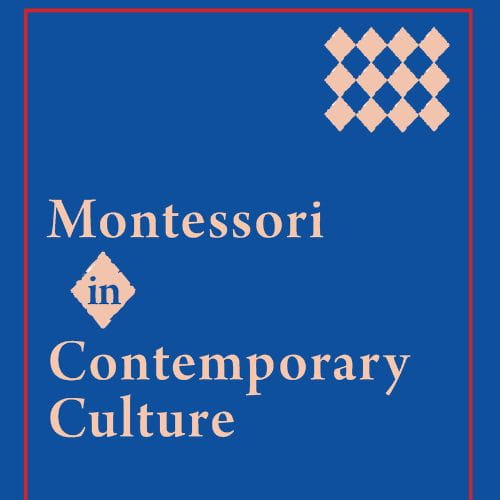Top Strategies for Cybersecurity in Montessori Schools: Protecting Our Future in the Digital Age

In today’s digital landscape, cybersecurity is no longer an option, but a necessity for all organizations, including Montessori schools. With an increasing reliance on technology and the ever-evolving threat landscape, safeguarding sensitive information has never been more critical. Yet, many Montessori schools find themselves underprepared for the growing risks, leaving their systems vulnerable to cyberattacks.
The Growing Cybersecurity Challenge in Montessori Schools
According to Missan Eido, principal partner at Adennill, “Montessori schools often lack protection regarding cybersecurity. Like many educational institutions, they have embraced cloud-based systems for managing records and facilitating communication, but continue to store sensitive information on their own networks.” While schools see clear benefits in adopting modern technology to enhance record-keeping and streamline communication, many have not applied equivalent levels of technology to secure their networks. This gap in protection leaves sensitive information stored on school systems exposed and makes Montessori schools appealing targets for cybercriminals.
Eido points out that these vulnerabilities extend beyond internal records. Schools manage private information about families, including credit card details and accounts payable data, making them lucrative targets for attacks. Eido highlights that “Children are prime targets for cybercriminals stealing school data. Every student is reachable online by anyone around the world [and] student data is valuable for identity thieves–clean credit and clean records.” This unique vulnerability is particularly alarming because it places children, whose personal information and financial profiles are often unprotected, at heightened risk of identity theft.
Unfortunately, common issues such as insufficient budget allocation for cybersecurity, incomplete risk assessments, and the absence of clear cybersecurity objectives continue to place many Montessori schools at risk. Without dedicated funding or strategic planning for cybersecurity, schools may not have the resources needed to implement critical protections.
Eido stresses the urgency of the situation: “What is even more concerning is the rise in cyber incidents involving students as young as six, seven, and eight years old, underscoring the immediate need for robust cybersecurity measures to protect the entire school community.” With cyber threats evolving and increasingly targeting younger children, Eido’s observations emphasize the need for schools to strengthen their cybersecurity infrastructure to safeguard both student and family data effectively.
Lessons from Recent Data Breaches
High-profile data breaches reveal the growing vulnerability of schools to cyberattacks. Recent cases demonstrate the impact these incidents can have on educational institutions:
- K-12 Public Schools (2016-2023): Between April 2016 and October 2023, an estimated 325 ransomware attacks hit public K-12 schools. According to K12 SIX, from that date through October 3, 2023, schools experienced an additional 85 ransomware attacks.
- Shore Regional High School District (2023): A cyber-attack on a high school district in Monmouth County, New Jersey compromised student data, exposing names, Social Security numbers, dates of birth, financial information, and medical and/or health insurance details.
- Union Township School District (2024): A breach by hackers resulted in a "significant network disruption" for the district.
- Illuminate Education (2022): A breach of K-12 software vendor, Illuminate Education, impacted at least 24 districts in New York, along with 18 charter schools, families in Connecticut, and two school districts in Colorado.
These incidents underline the critical need for schools to adopt proactive cybersecurity measures and continually update them to address emerging threats effectively.
The Vital Importance of Continuous Cybersecurity Enhancements
As schools increasingly integrate technology into learning, communication, and administration, their exposure to cyber threats grows. Safeguarding sensitive data—such as personally identifiable information (PII), financial records, and health information—is a critical responsibility for schools. Compliance with laws like the Family Educational Rights and Privacy Act (FERPA) and the Health Insurance Portability and Accountability Act (HIPAA) is also essential to protect these records. Furthermore, many funding agencies now require educational institutions to demonstrate strong cybersecurity measures to qualify for support.
Schools are often seen as prime targets for cybercriminals due to outdated technology and limited resources. With cyber threats constantly evolving, maintaining up-to-date cybersecurity practices is essential for keeping school data and networks secure.
Common Vulnerabilities in School Cybersecurity
Despite the importance of cybersecurity, many Montessori schools face common vulnerabilities in their existing frameworks. One of the most common issues is weak password policies, where the use of default or overly simple passwords make it easier for attackers to gain unauthorized access. Additionally, the lack of employee training and awareness leaves staff and students more vulnerable to phishing attacks. Inadequate firewalls and network security and outdated software and systems further expose schools to potential breaches.
Moving Forward: Continuous Improvement in School Cybersecurity
By continuously evaluating and improving their cybersecurity measures, Montessori schools can protect their sensitive information and create a safe digital environment for their community.
For Montessori schools looking to upgrade their cybersecurity measures, Adennill recommends the following processes:
- Conduct Regular Risk Assessments: Use both internal audits and external cybersecurity professionals to identify potential vulnerabilities and threats within the school’s network by conducting assessments at least annually or after significant changes to the information technology (IT) environment.
- Develop a Comprehensive Cybersecurity Plan: Create a written plan that outlines goals, objectives, and strategies for implementing security controls, policies, and management procedures.
- Implement a Layered Defense Approach: Use a combination of security controls, such as firewalls, intrusion detection systems, and antivirus software, to provide multiple layers of protection.
- Regularly Update Software and Systems: Ensure that all systems, software, and firmware are up-to-date with the latest security patches and features. Use strong passwords and multi-factor authentication to add an extra layer of security.
- Engage in Incident Response Drills: Test the school’s ability to respond to cybersecurity incidents by conducting drills twice a year by simulating various scenarios (e.g., data breaches, ransomware attacks) and review response protocols.
- Provide Ongoing Education: Regularly educate staff and students on cybersecurity best practices to foster a culture of security awareness through workshops and online courses every six to twelve months.
About Adennill
Adennill offers comprehensive cybersecurity services for AMS members, tailored to the unique needs of Montessori schools. They work collaboratively with schools to craft a plan that provides actionable next steps toward cyber resilience.
Adennill provides subject matter experts in cybersecurity operations. Part of their approach includes offering a host of cybersecurity training and awareness programs for school staff and students.

Heather White |
Interested in writing a guest post for our blog?
Let us knowThe opinions expressed in Montessori Life are those of the authors and do not necessarily represent the position of AMS.
















